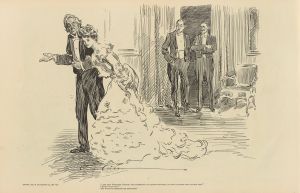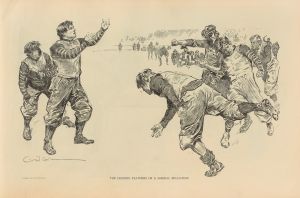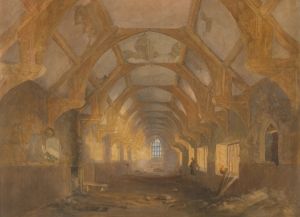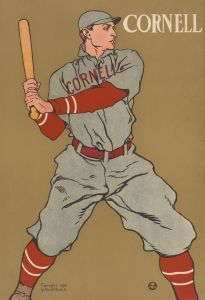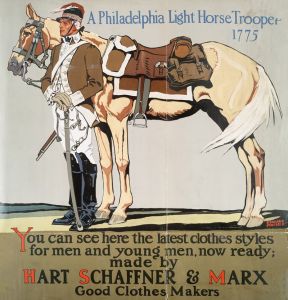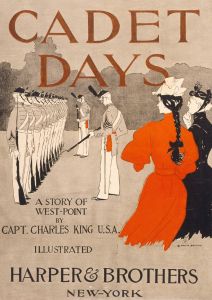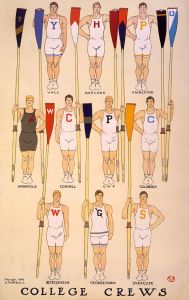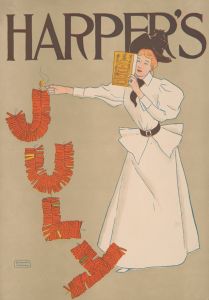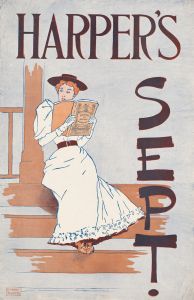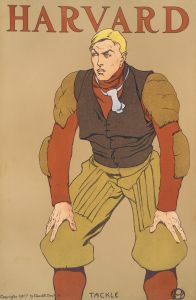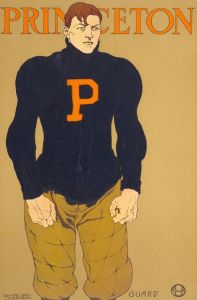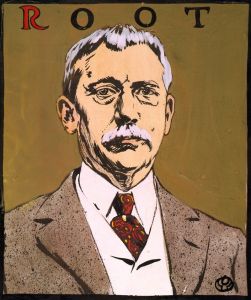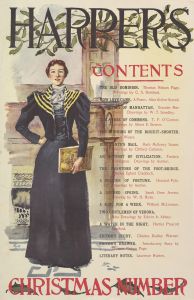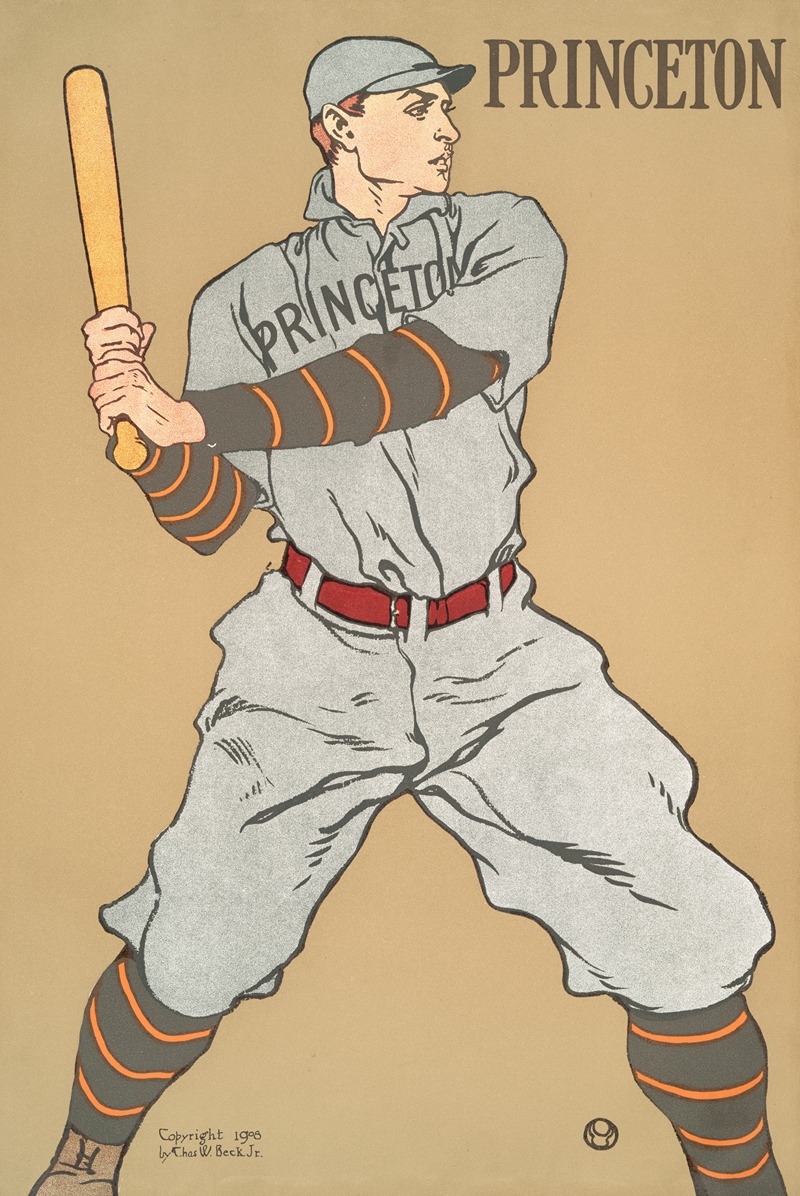
Princeton
A hand-painted replica of Edward Penfield’s masterpiece Princeton, meticulously crafted by professional artists to capture the true essence of the original. Each piece is created with museum-quality canvas and rare mineral pigments, carefully painted by experienced artists with delicate brushstrokes and rich, layered colors to perfectly recreate the texture of the original artwork. Unlike machine-printed reproductions, this hand-painted version brings the painting to life, infused with the artist’s emotions and skill in every stroke. Whether for personal collection or home decoration, it instantly elevates the artistic atmosphere of any space.
Edward Penfield (1866-1925) was a prominent American illustrator and poster artist, often regarded as one of the pioneers of the American poster movement. He is best known for his work with Harper's Magazine, where he served as the art director from 1891 to 1901. Penfield's style is characterized by its simplicity, bold lines, and flat areas of color, which were influenced by the Art Nouveau movement and the works of French poster artists such as Henri de Toulouse-Lautrec and Jules Chéret.
One of Penfield's notable works is the poster "Princeton," created in 1900. This piece was part of a series of posters Penfield designed to promote various American universities, capturing the spirit and identity of each institution through his distinctive artistic approach. The "Princeton" poster is a prime example of Penfield's ability to blend commercial appeal with artistic integrity.
The "Princeton" poster features a young man dressed in a traditional academic cap and gown, holding a book, and standing confidently against a backdrop of Princeton University's iconic architecture. The use of bold, flat colors and strong outlines is typical of Penfield's style, making the figure stand out prominently. The background includes elements such as the university's buildings and lush greenery, which help to situate the scene and convey a sense of place.
Penfield's work on this poster reflects the broader cultural and educational values of the time, emphasizing the importance of higher education and the prestige associated with attending a renowned institution like Princeton University. The poster was likely used for promotional purposes, aimed at attracting prospective students and their families by showcasing the university's distinguished reputation and academic excellence.
Edward Penfield's contributions to the field of illustration and poster art were significant, and his work continues to be celebrated for its artistic merit and historical importance. The "Princeton" poster remains a valuable piece of visual history, offering insight into the early 20th-century American educational landscape and the role of visual art in shaping public perception.
Penfield's legacy as an artist is marked by his ability to create visually compelling and culturally resonant images that have stood the test of time. His posters, including "Princeton," are considered important artifacts of American art history, reflecting the social and cultural dynamics of the era in which they were created.





